Intermittent fasting has been the new big thing for a while now and it continues to keep its rank among one of the most talked about eating lifestyles going on today. If you’ve come to this article you may be wondering what exactly you should eat when breaking your fast (meaning the first meal of that day).
If you were like me when I first started intermittent fasting you might be thinking a good healthy meal with proteins, carbs and fats to break the fast is perfect. But it’s not so simple to just eat a good first meal when breaking the fast, there are some intricacies that will affect fat loss or gain for that first meal out of the gate.
Well, before we get into that I want to cover the mission of The Fitness Wrangler; which is to help people with weight loss, muscle gain and overall health. One way that is achieved is with the help of intermittent fasting. If you don’t know what intermittent fasting is then you can check out an article I wrote on intermittent fasting, the complete beginners guide for weight loss, muscle gain and overall health.
With this post I’m going to lay out two different ways to break a fast.
- The beginner’s way
- The more advanced way
I want to split it up into two options for you because it really depends on your level of commitment and diligence behind your effort when eating, intermittent fasting and focusing on fitness.
The more advanced way is going to an overall better choice, in terms of health and fat loss, than the beginner’s way but it may be too much of an inconvenience for you if you don’t want to put that much work towards it, because it is work.
The whole point of eating a healthy lifestyle is to find something you’re going to be happy with long term, years down the line. I don’t talk a lot about diets that you can go on to cut down weight for a while then get back to eating normally. No, I am a big advocate of creating an overall healthy lifestyle for yourself.
So if that means the advanced way of breaking your fast is too much work then by all means go with option #1 The Beginner’s way because if it’s more sustainable for you then that’s your better choice.
1. Breaking Your Fast: The Beginner’s Way
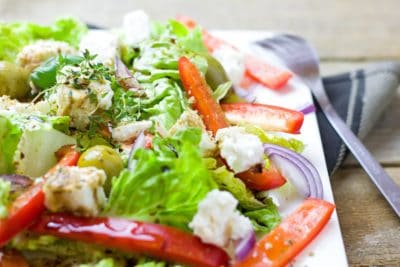 If you’ve never done intermittent fasting or have only just gotten into it… Then this is going to be option for you. If you’re looking to do intermittent fasting but don’t want to worry about all the tiny details of what exactly you need to break a fast, when to eat certain foods or when to time your insulin spikes…Then this is option for you. If you’re wanting to go with intermittent fasting because you want to make your life more convenient by switching to an eating pattern where you eat less… Then this is the option for you.
If you’ve never done intermittent fasting or have only just gotten into it… Then this is going to be option for you. If you’re looking to do intermittent fasting but don’t want to worry about all the tiny details of what exactly you need to break a fast, when to eat certain foods or when to time your insulin spikes…Then this is option for you. If you’re wanting to go with intermittent fasting because you want to make your life more convenient by switching to an eating pattern where you eat less… Then this is the option for you.
If you’re doing intermittent fasting because you care about calorie counting, are trying to get a six pack and want to be under 10 % body fat then you’ll probably want to look at option #2 the more advanced way.
Ok, now that we’ve clarified who this option is for let’s get into it.
What To Eat To Break The Fast
Let’s assume you’re on the standard 16:8 intermittent fasting eating plan. This means that you stop eating at 8:00 PM at night and don’t eat until 12:00 PM the next day.
So now you’re coming up to the 12:00 PM time frame and have made it this far, you’re quite hungry at this point and are ready to gorge. WHOA! Let’s hold up there just a moment though before you eat everything in site without thinking twice. Binge eating on your first meal is probably the biggest mistake you can make with intermittent fasting and will be a huge roadblock for you if you want to get all the health benefits, fat loss and muscle preservation/growth.
DO NOT binge eat on that first meal because your body will take the fats and put them right into storage (a.k.a. turn it into fat).
When you’re fasting you become more insulin sensitive and when that happens your body is susceptible to what macros are coming in. When you get a spike in glucose levels your cells basically open up due to insulin. At that point of your cells being opened you don’t want fats rushing in to those cells because that will turn into fat on you.
Definition of Insulin, by MedicineNet: “A natural hormone made by the pancreas that controls the level of the sugar glucose in the blood. Insulin permits cells to use glucose for energy. Cells cannot utilize glucose without insulin.”
You instead want those cells doors to be open and then have good nutrients and proteins fill it up.
Once those cells are initially hit with good nutrients then you can eat more freely down the line.
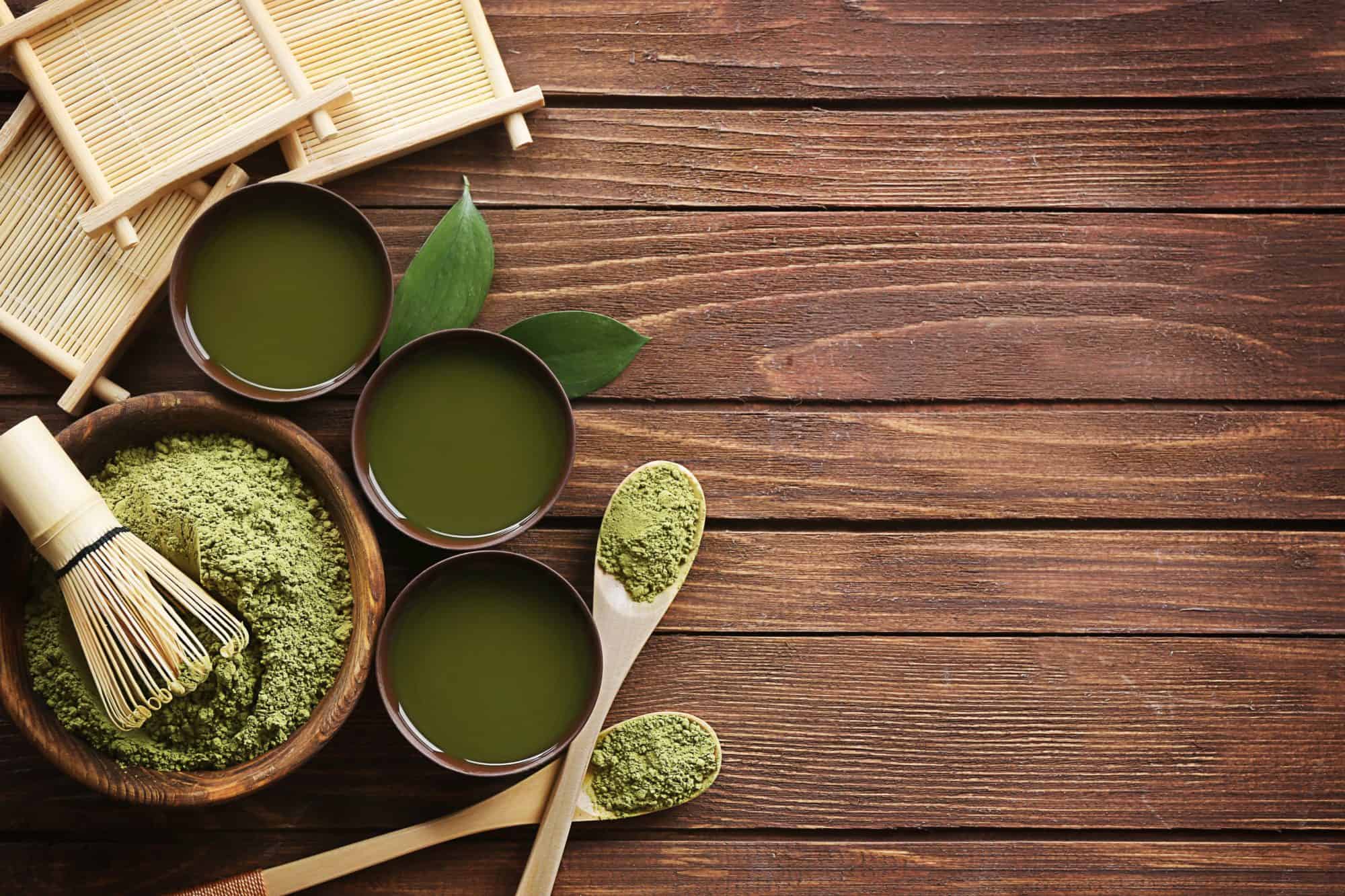
Instead what you want to do is get your gut ready for food at first and then you can have bigger meals.
When you’re fasting you’re mucosal layer of your gut breaks down a little bit. It’s not a bad thing because it’s the natural process of your gut healing. But when that happens you’ll want to warm it up first before dumping exuberant amounts of food in.
Think about it like a car on a cold day. When the car has been sitting out in the cold for some time all of the oil has settled because it’s not being used. When you go to start it you want to give it a minute or so to warm up, get the oil back moving through the engine and then be on your way. It wouldn’t be good to start the car up and then immediately go racing it down the street, redlining the engine every chance you get.
So, just do the same thing with your body and gut. You want to give your gut and stomach some time to “warm up.”
What that means is basically giving yourself little bits of good food at first to get your gut acclimated with food and digesting again. Then after that you can consume larger loads.
What to eat when you first break your fast examples:
(Small portions, choose one)
- 1 cup of steamed vegetables, OR
- 1/2 cup of fresh fruit (apple, watermelon, banana), OR
- Small soup with vegetables, OR
- Small salad with chicken (3oz)
After that initial round of food, wait about 20 – 30 minutes and then you can have your larger meal; preferably something low glycemic to not spike your blood sugar and insulin levels because too many high glycemic foods can lead to some bodyfat gain after a fast. When that gets spiked that’s when you get that tired feeling and “food coma.” Starchy carbs and high amounts of protein can do that.
2. The Advanced Way To Break A Fast
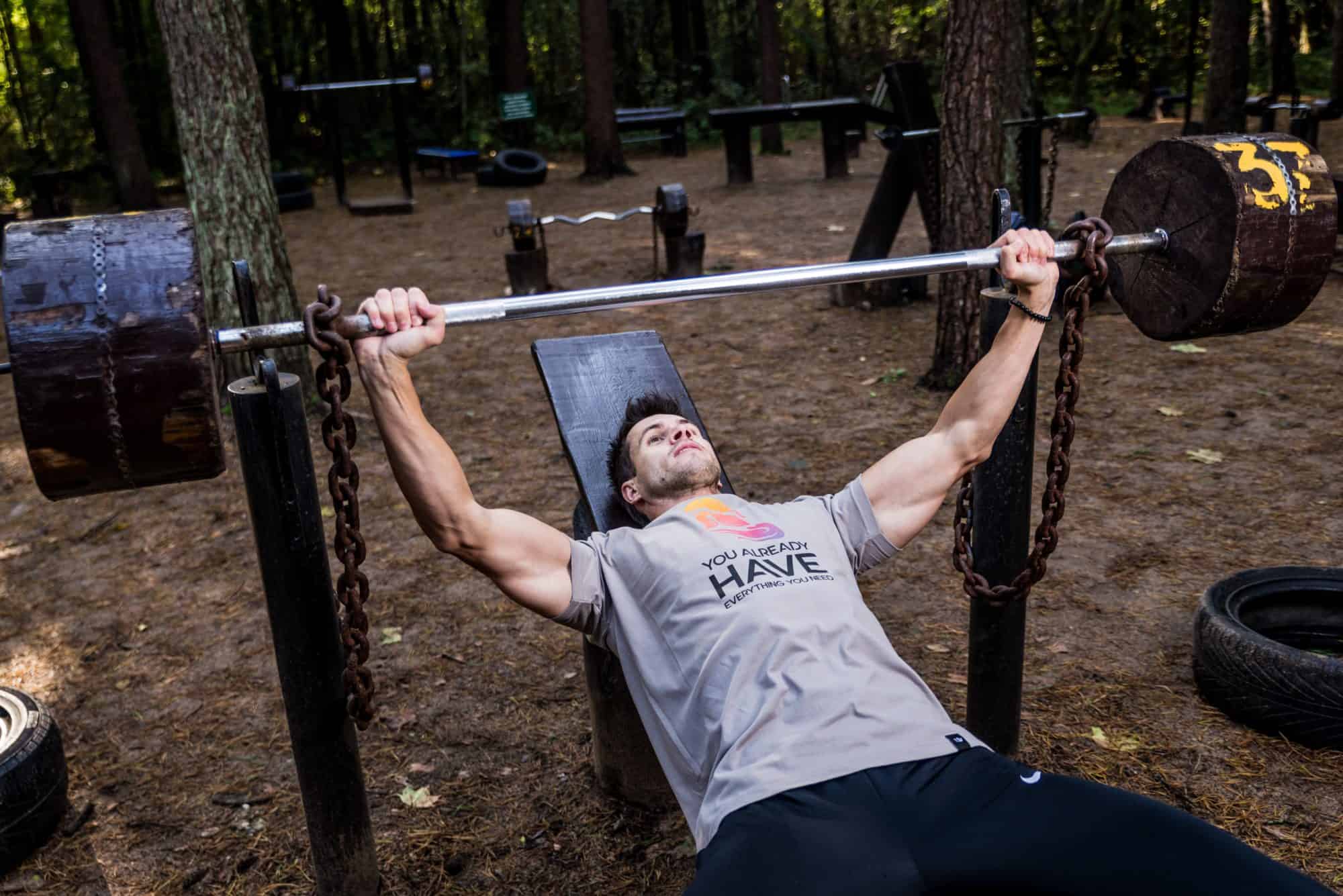 If you’re focused on getting a six pack, working on counting your calories and are taking your health and fitness to a level to where most people won’t go then this option is for you. This option is for you if you’re the one person in the office who brings in Tupperware of precooked meals from your bulk cooking on Sundays. This is for those of you who want to get the most out of intermittent fasting and are willing to go to the advanced level of commitment to do so.
If you’re focused on getting a six pack, working on counting your calories and are taking your health and fitness to a level to where most people won’t go then this option is for you. This option is for you if you’re the one person in the office who brings in Tupperware of precooked meals from your bulk cooking on Sundays. This is for those of you who want to get the most out of intermittent fasting and are willing to go to the advanced level of commitment to do so.
When I’m in the office I’ll have all my nutritional stuff and be explaining to people what I’m doing as I’m starting to eat lunch (first meal). I’ll have bone broth in a cup, then put salt and pepper in it and people look at me like I’m nuts! Then I’ll take out my container of premade food and start to put down the chicken and veggies. Then I’ll have my rice cakes and throughout all of lunch people think I’m ridiculous, are very curious what I’m doing and all while having fun with it.
We’re going to look at the best ways to break a fast when intermittent fasting. This is going to be assuming the 16:8 fasting style. Which is to stop eating at 8:00 PM at night and not eat until 12:00 PM the next day.
What To Eat To Break The Fast
This is probably the most important piece of intermittent fasting; that is, what you first eat when breaking a fast.
Your body is primed to take in nutrients and if you spoil the opportunity to load it up with protein for muscle growth then you may miss out on the fat loss and health benefits you’ve probably heard so much about.
When I first started intermittent fasting I broke my fast with what I thought was good. What I thought was good to break a fast was having a good balance of carbs, proteins and veggies. Wow was I wrong about that!
I would eat 90g (close to 400 calories) of high glycemic index rice, with 93% fat ground turkey and green beans. I would feel AWFUL after I ate it. I would be in such a “food coma” that my productivity would be almost useless for an hour or so, until my insulin and blood sugar levels got back down to a somewhat sustainable level.
That is NOT the way you want to break a fast for multiple reasons, besides just the feeling like crap part.
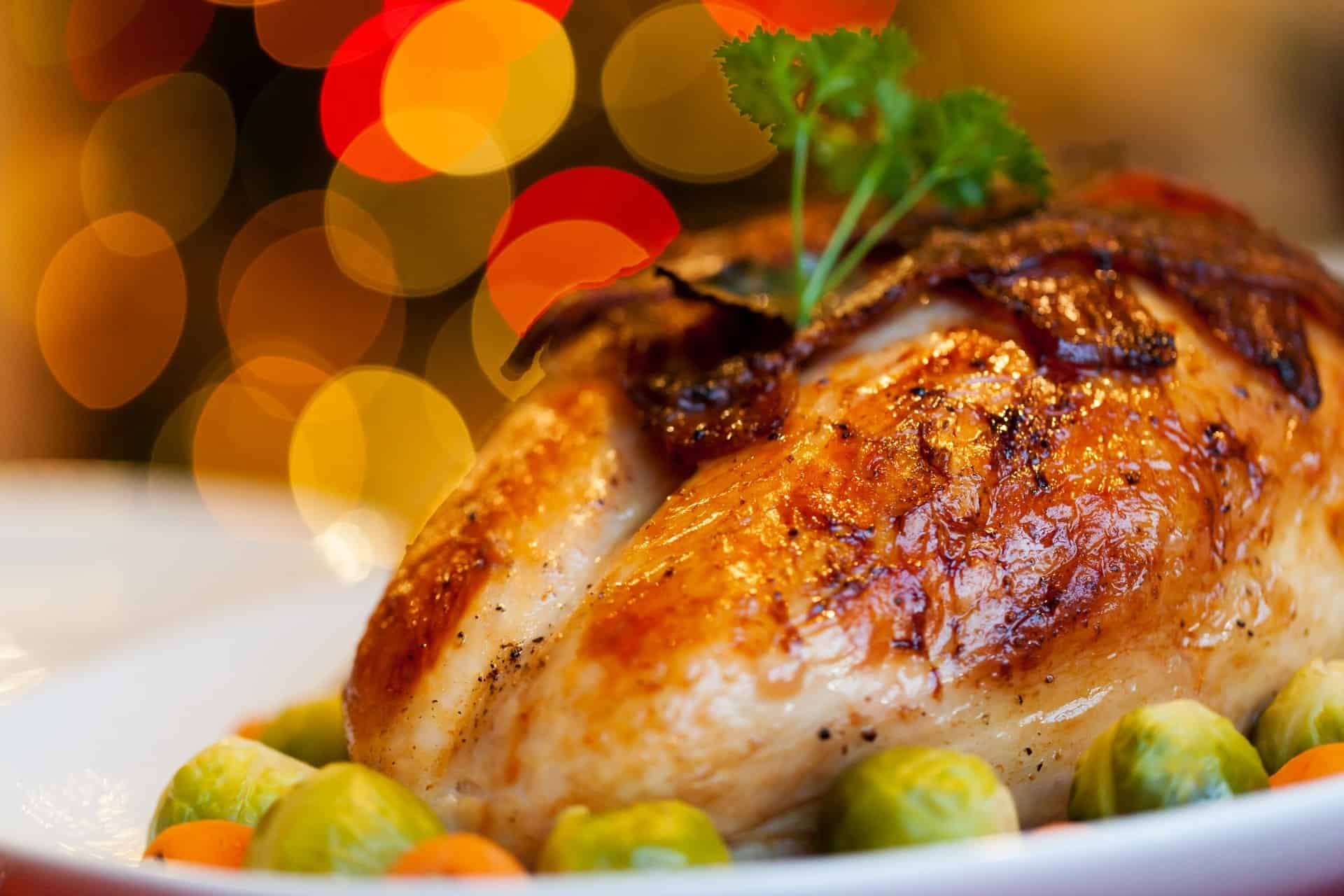
(as stated in the beginner’s way near the first part of this post) When you’re fasting you’re mucosal layer of your gut breaks down a little bit. It’s not a bad thing because it’s the natural process of your gut healing. But when that happens you’ll want to warm it up first before dumping exuberant amounts of food in.
Think about it like a car on a cold day. When the car has been sitting out in the cold for some time all of the oil has settled because it’s not being used. When you go to start it you want to give it a minute or so to warm up, get the oil back moving through the engine and then be on your way. It wouldn’t be good to start the car up and then immediately go racing it down the street, redlining the engine every chance you get.
So, just do the same thing with your body and gut. You want to give your gut and stomach some time to “warm up.”
What that means is basically giving yourself little bits of good food at first to get your gut acclimated with food and digesting again. Then after that you can consume larger loads.
What exactly should you eat then?
When breaking a fast you want to warm your body up to nutrients and digesting again. There are a few options you can do for that:
1. Bone broth (1 serving)
- Bone broth is an excellent way (my recommendation) to break your fast and get your digestion up to speed again; good for overall health
- Why:
- It primes your gut to absorb the most amount of nutrients on everything else you eat afterwards because it’s high in collagen
- Collagen creates gelatin
- Gelatin protects the gut lining
- Because the gut is strengthened, protected and now open to help you absorb nutrients and minerals into your body in the best possible way
- Contains Glutamine
- Amino acid that helps strengthen gut and immune system
- Good for gut but also healthy for other reasons such as: anxiety, mood disorders, insomnia, exercise performance, ADHD and more
- It primes your gut to absorb the most amount of nutrients on everything else you eat afterwards because it’s high in collagen
- Where to get it: Any grocery store you can typically find bone broth. However, there’s a specific brand called Kettle and Fire that has nutrient loaded bone broth, from 100% grass-fed pastured animals. This one is a little more expensive than others but they really do put the effort, ingredients and taste in their broths; I’m a fan.
2. MCT Oil
- MCT is another choice of what to consume when breaking your fast because it bypasses the liver and goes straight to the bloodstream
- Why:
- It will help your body utilize fats for fuel so you burn more fat and immediately use MCT for fuel, this option is more for burning fat
- Help you feel more full (1)
- Increased energy expenditure and fat burning (2 and 3)
- Enhance gut bacteria and digestive strength (4)
- Fight bacterial and yeast overgrowth
- Better brain function
- Where to get it: You can find MCT Oil in most health or grocery stores. There’s also an MCT Oil found on Amazon by Sports Research that is Non-GMO BPA free bottle. This is the one I use and it has a special top that squirts out the perfect amount, just a little added benefit! You’ll get all the benefits listed above at a cheap price.
After you’ve had either of those, wait about 15 to 20 minutes and then eat something medium sized, low glycemic to not spike your blood sugar and insulin levels because too many high glycemic foods can lead to some bodyfat gain after a fast. When that gets spiked that’s when you get that tired feeling and “food coma.” Starchy carbs and high amounts of protein can do that.
There are a few options you can do for your next meal but what you really want to do is get something that has almost no fat with just some carbs and plenty of protein.
If you go with something that has a balance of all three, although it seems like the smart move, that’s actually going to set you back some because when you eat the carbs it’ll open your cells up to nutrients coming in. If the nutrients you put in have fat then that fat will fill those cells and thus turning into fat on you.
So what you want to do instead is have carbs with protein. Ideally, this will be a smaller amount of low glycemic index carbs, greens/vegetables and super lean protein (chicken breast). That way when your insulin levels do rise, you’ll be filling your cells with proteins and nutrients that won’t add fat to you.
After you’ve had that meal you can open it up to eating fat about an hour later after your insulin levels have dropped again.
For example it would look like this, this is what I do:
- Bone broth
- 15 minutes later…Chicken breast with green beans
- 10 minutes later…rice cakes
- 1 hour later…2 tbsp of crunchy peanut butter
That’s it! Just keep in mind, if you’re doing a longer fast (more than 16 hours) you DEFINITELY want to break your fast with bone broth to get everything back up to speed.
Thank you for reading and if you got some value from this article please share it! And comment below on your thoughts on breaking a fast.
Disclaimers
I am not a doctor and do not recommend anything on this site, or blog post, for anyone without consulting with their doctor first.
There are affiliate links in this post where I’ll get a paid fee if you purchase something from that link.

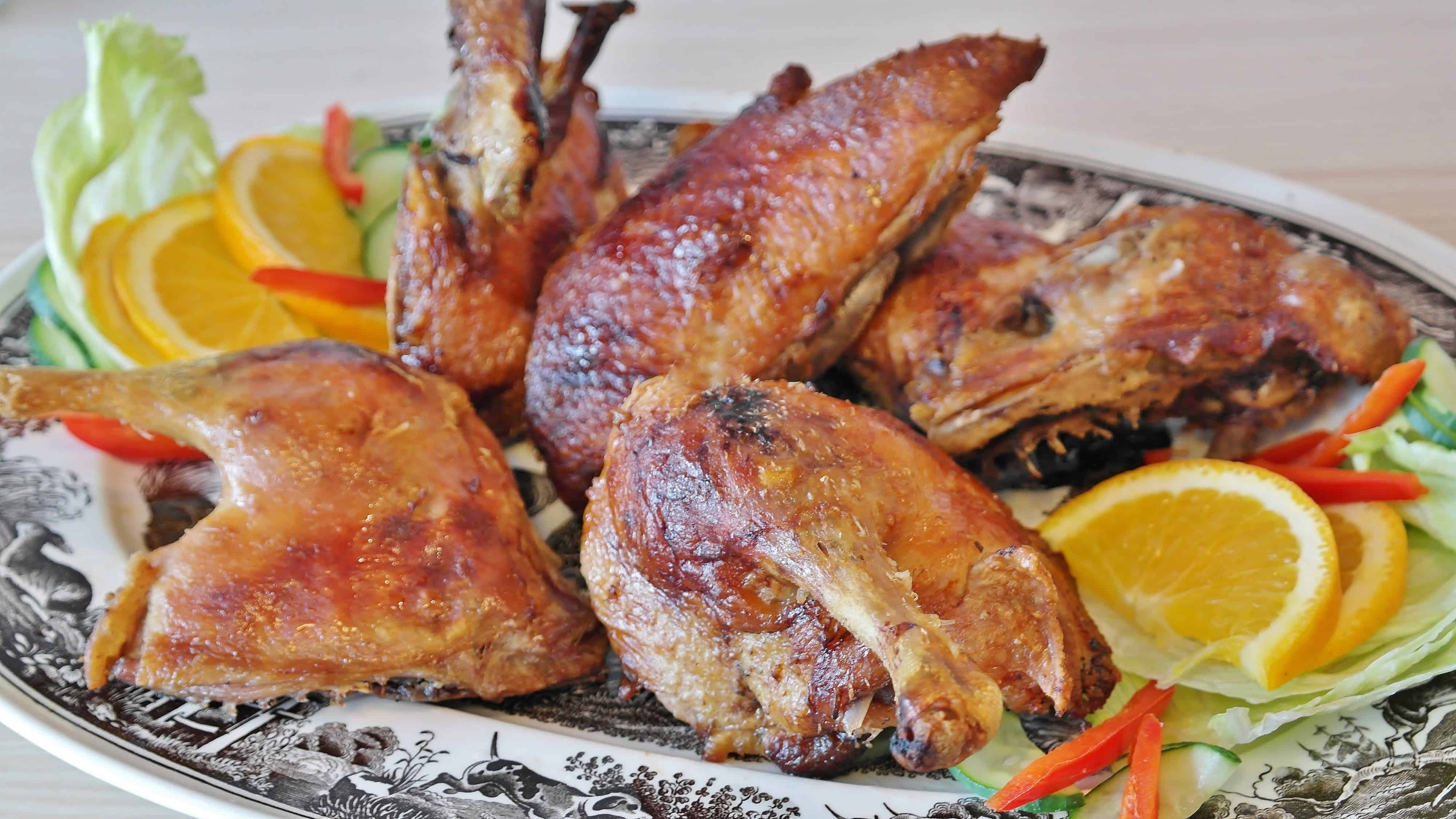


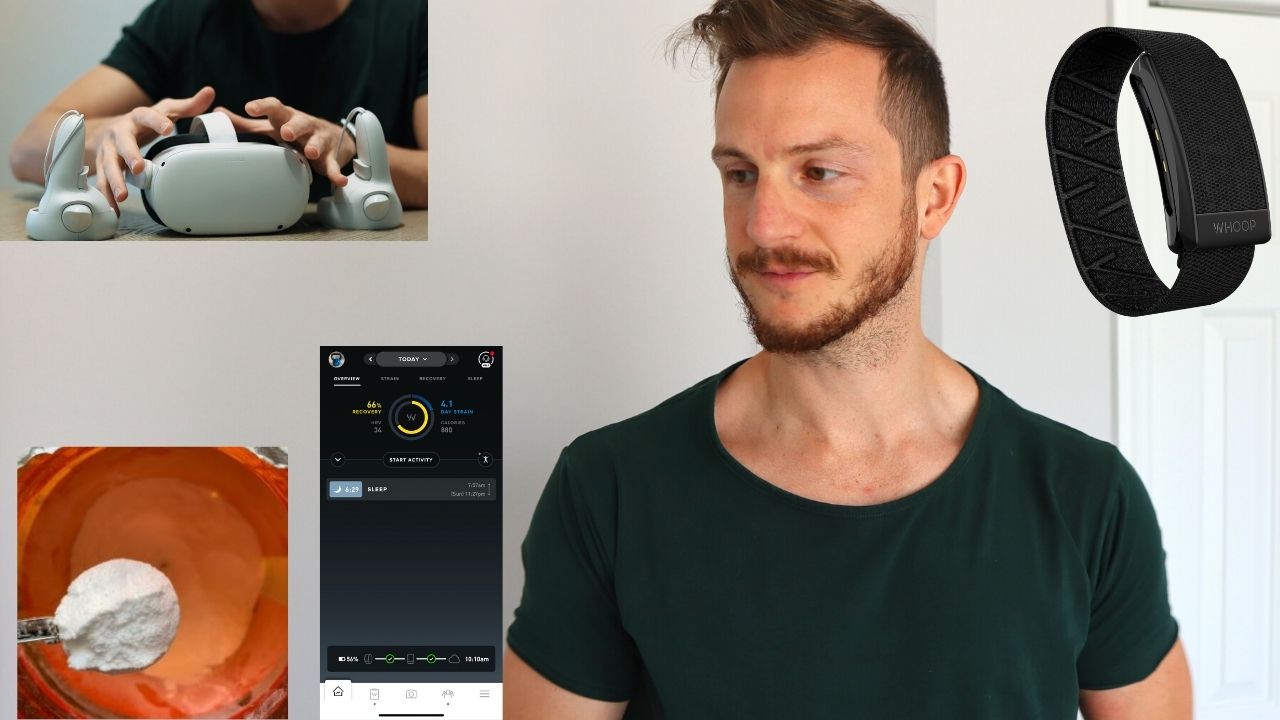
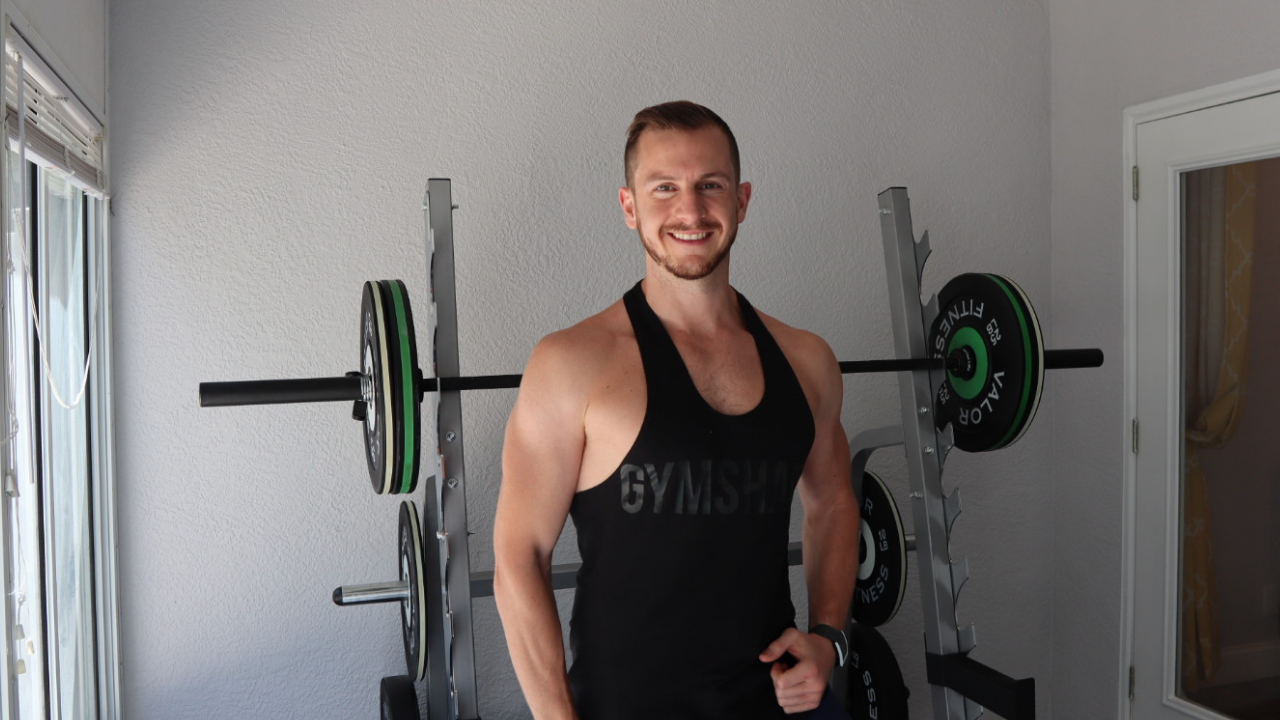
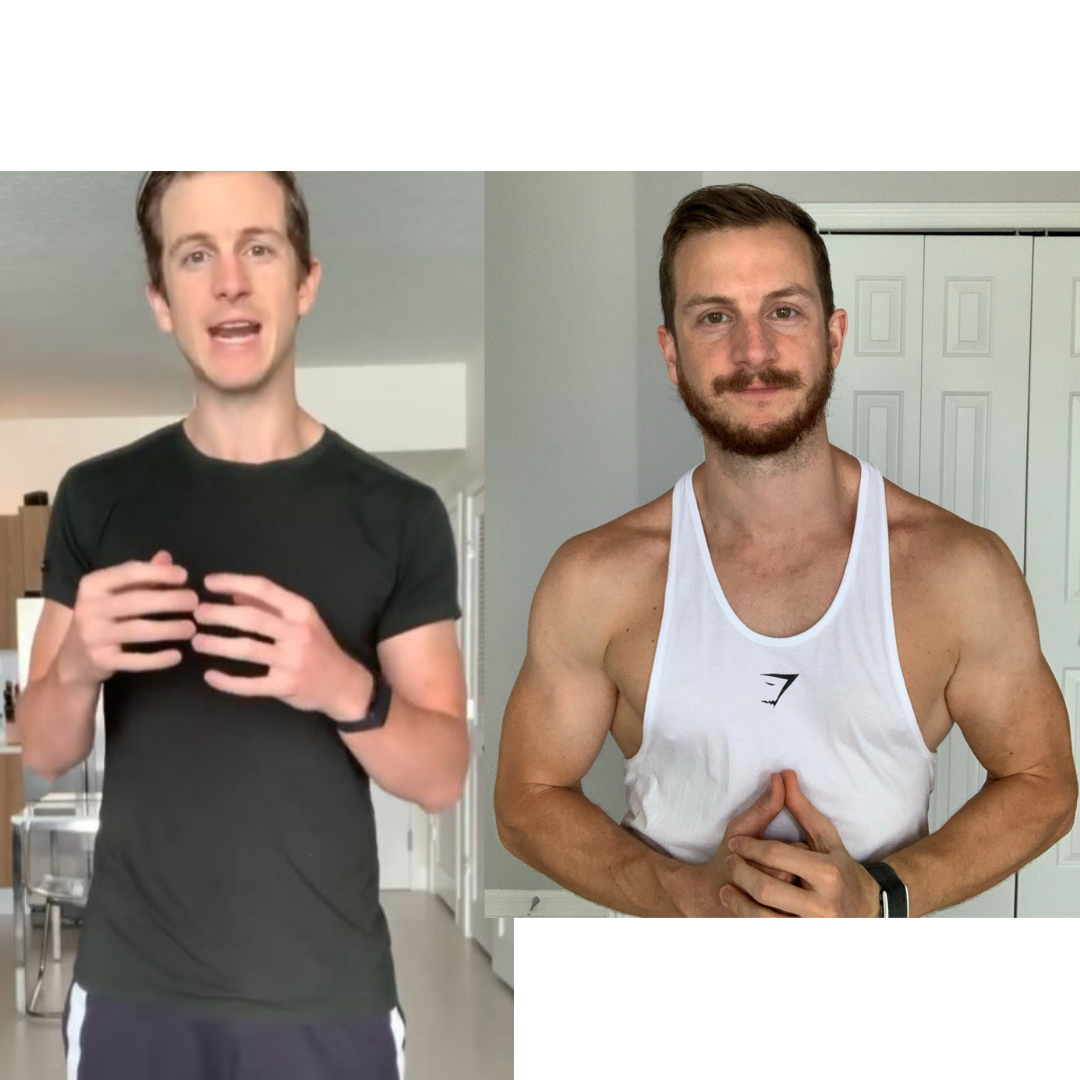
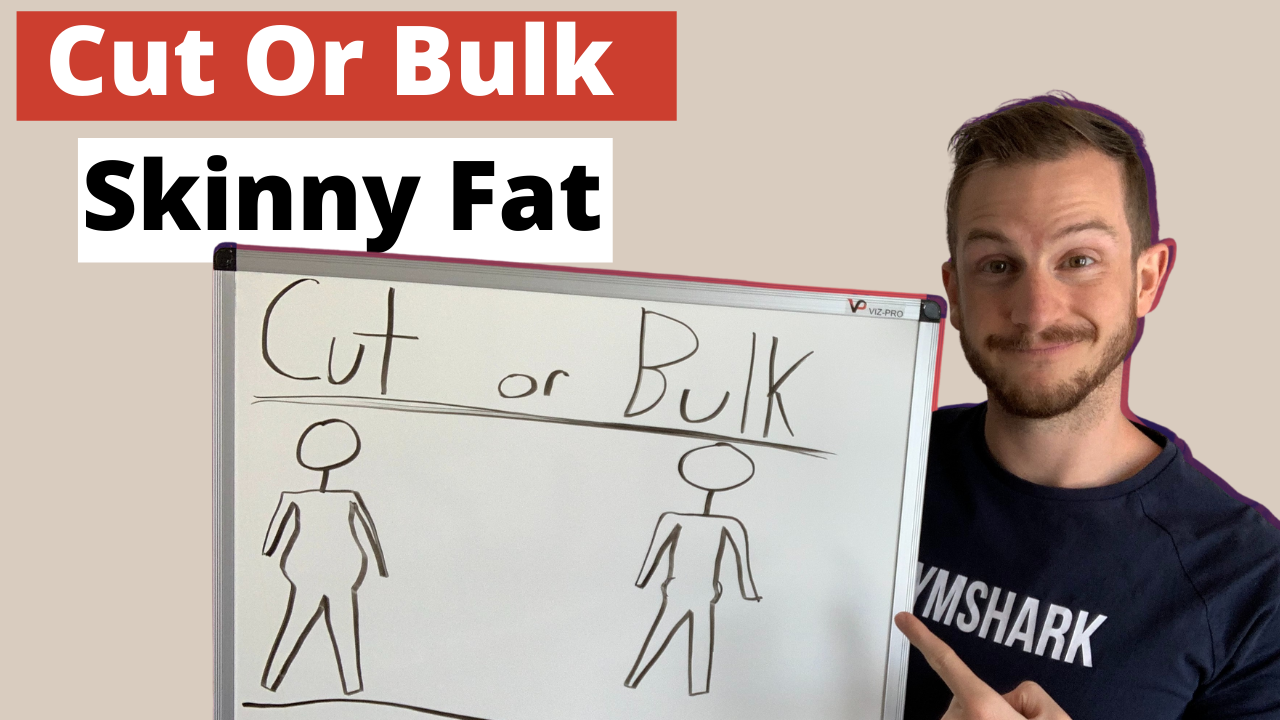
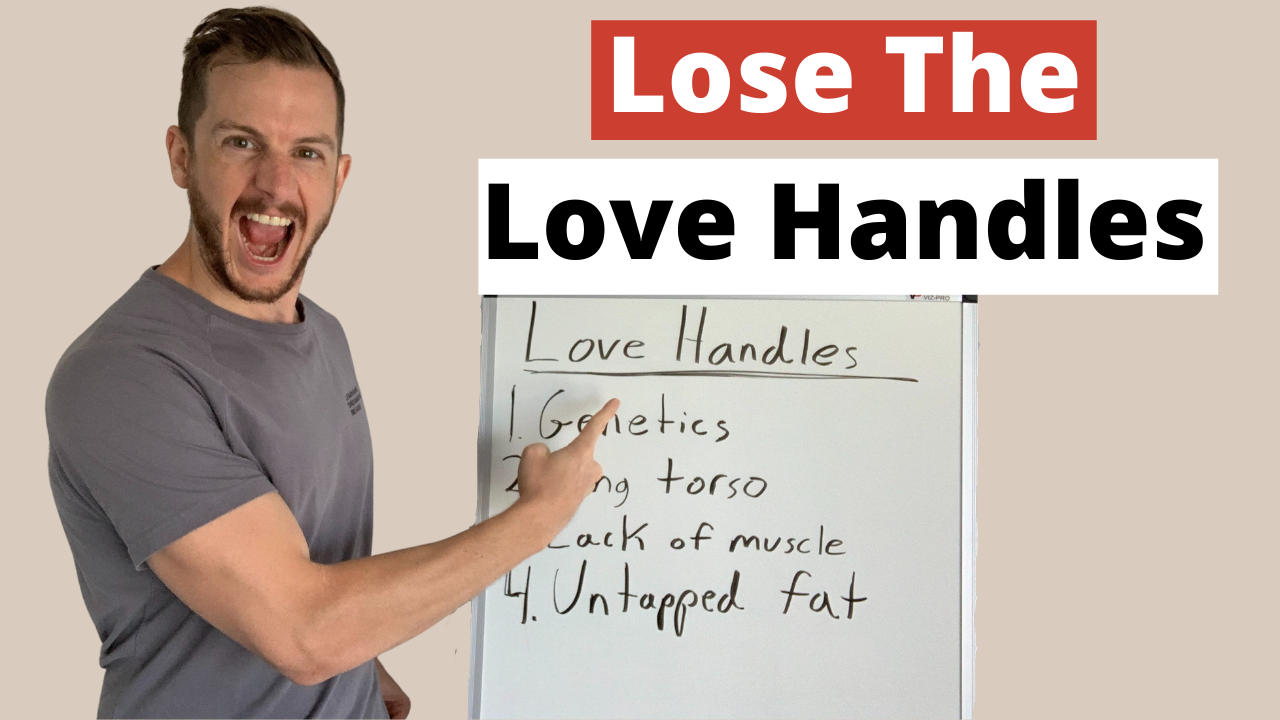
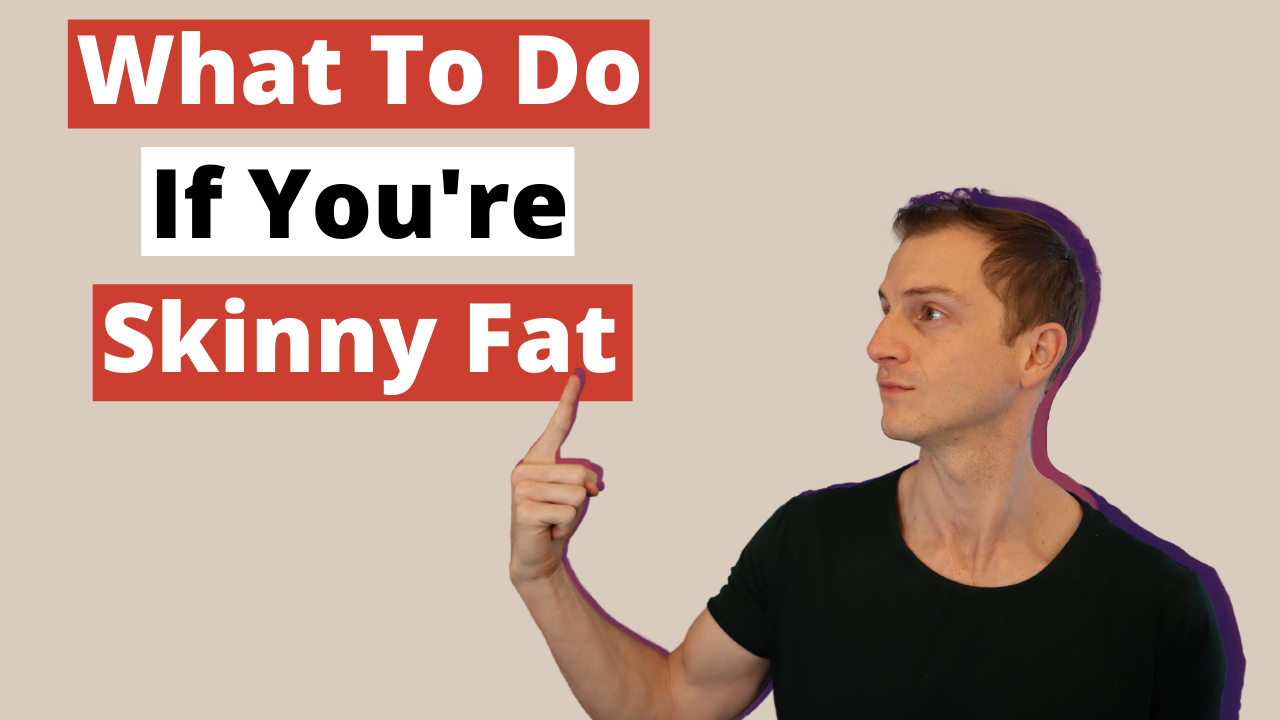
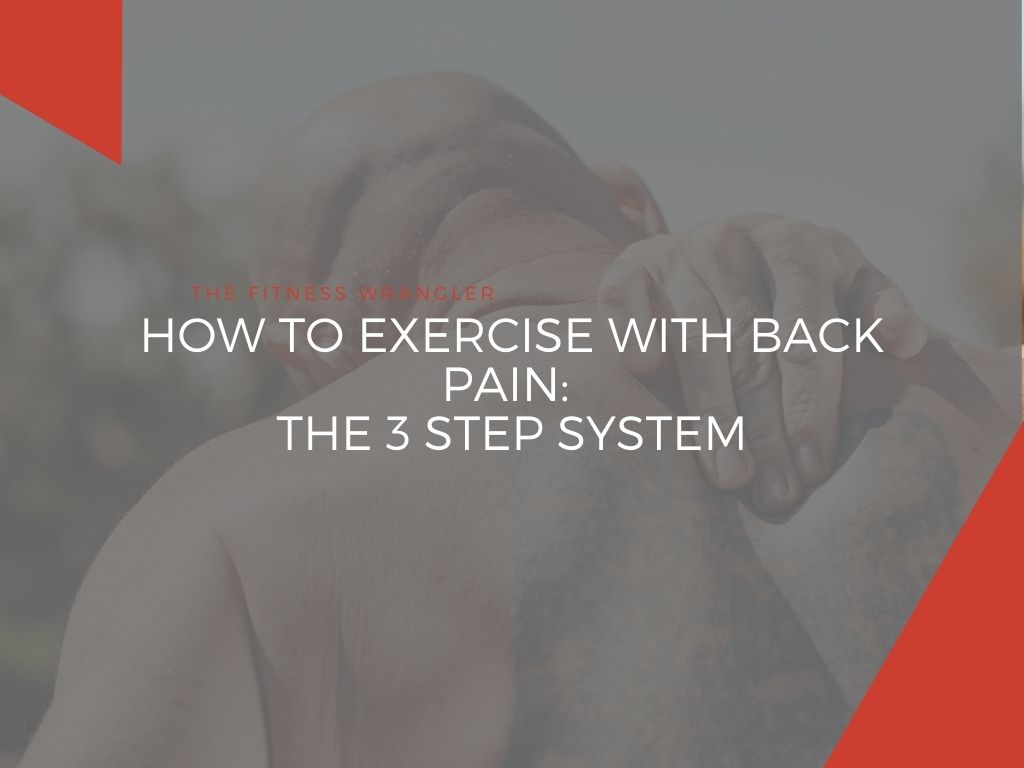
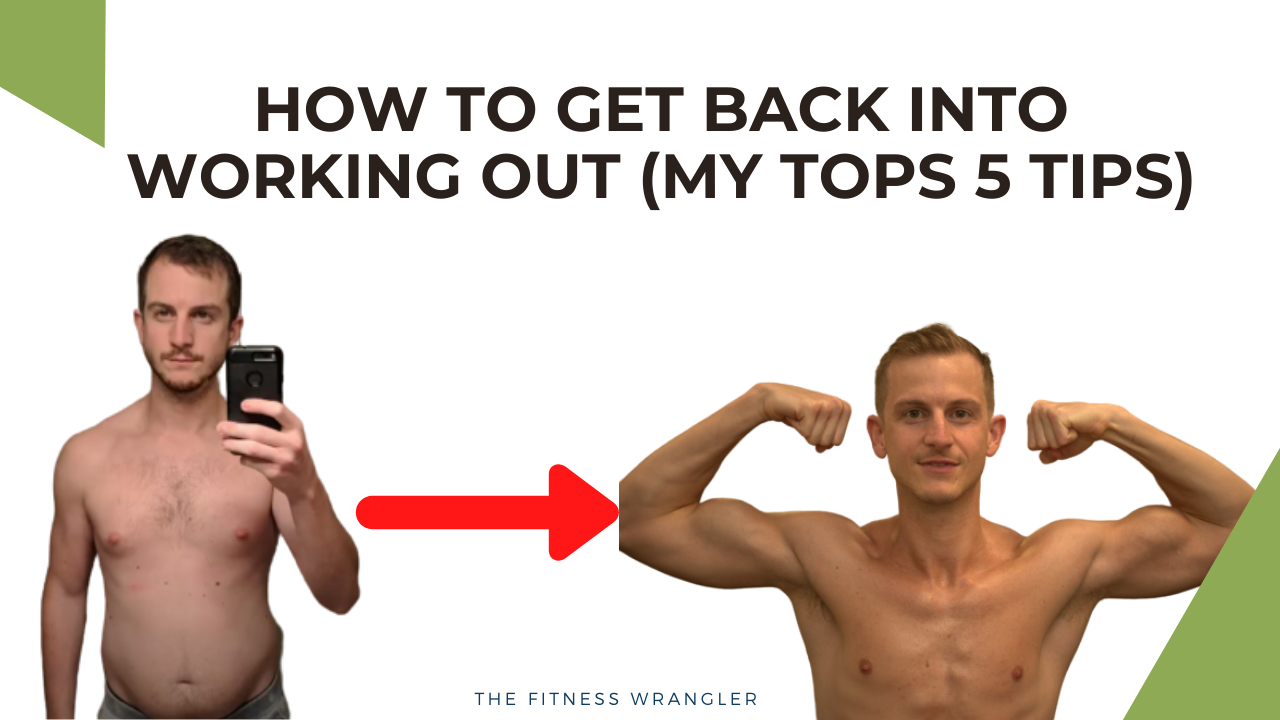
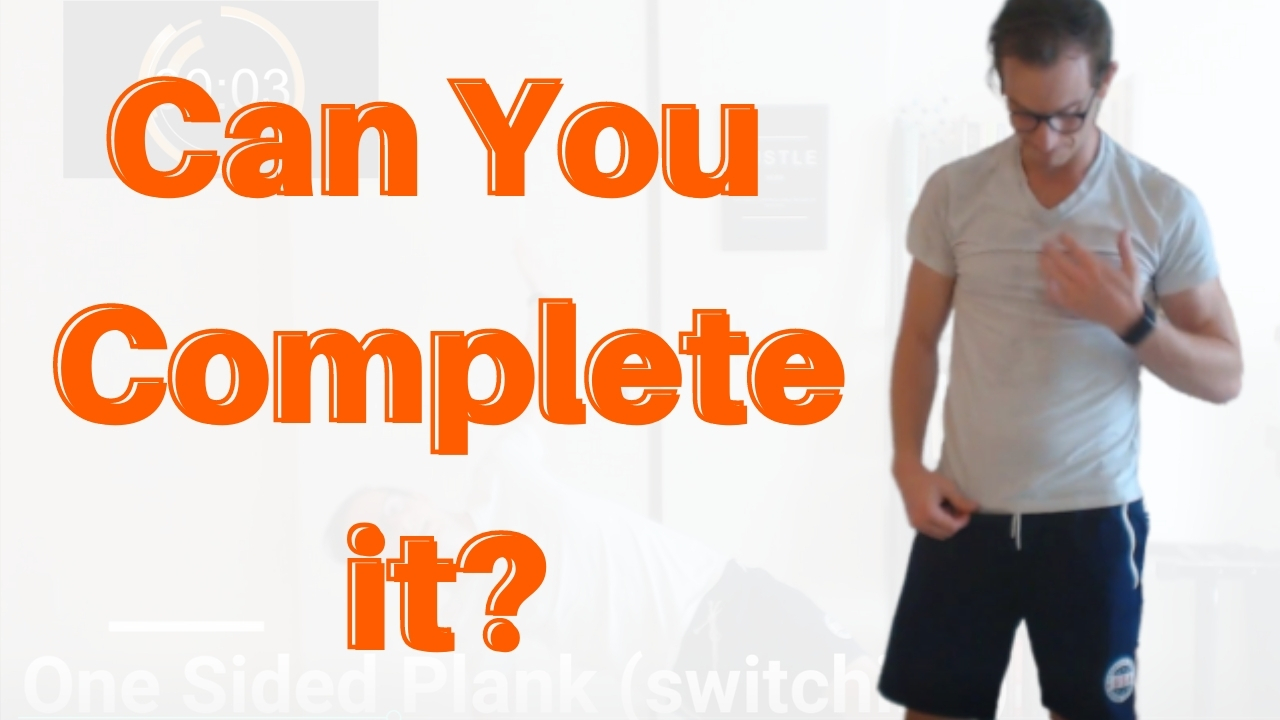
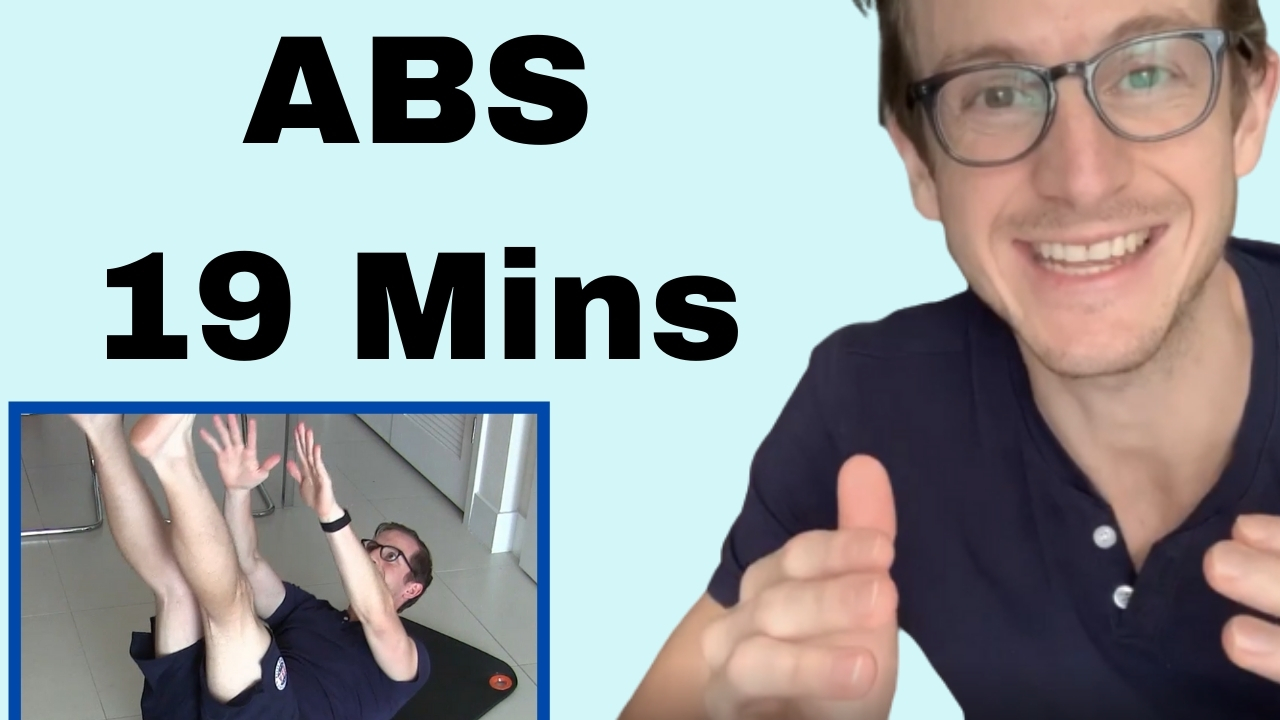
ricecake should come BEFORE the lean protein / fat. and it should be a protein and fat or a protein and carb. bone broth, rice cake with seaweed snack, wait 30 minutes then have your regular meal. – Thomas Delauer